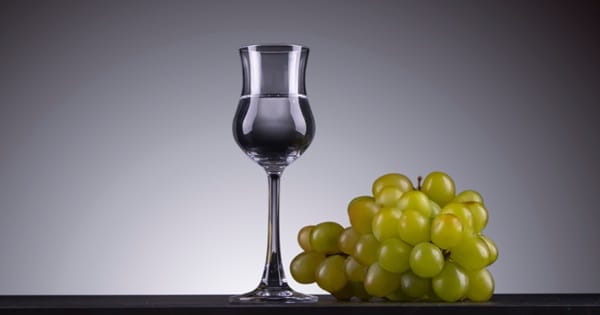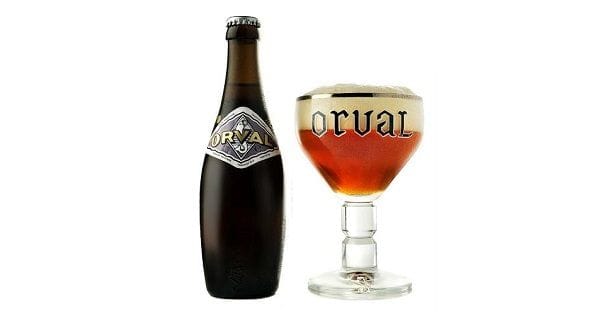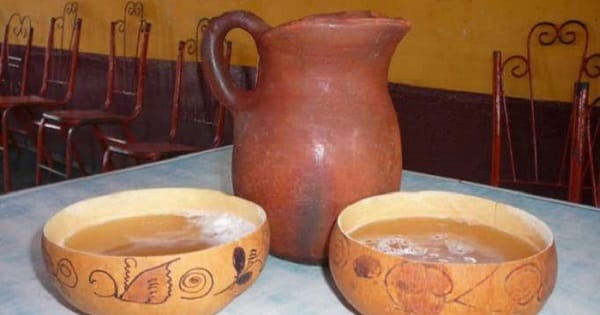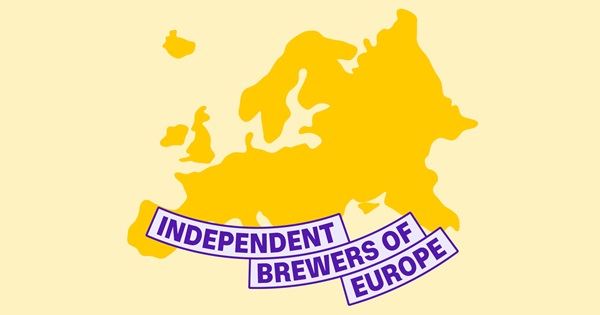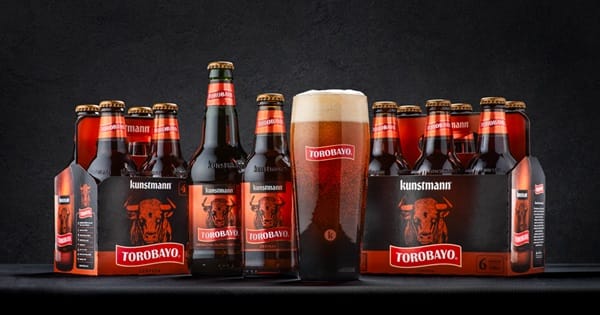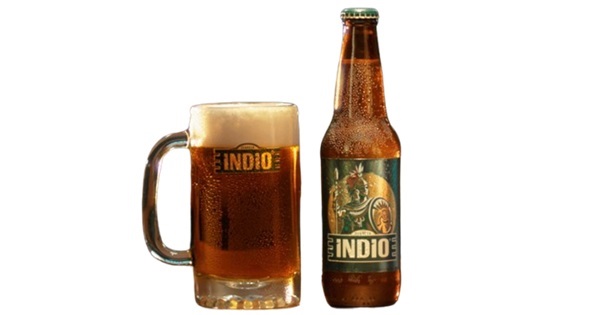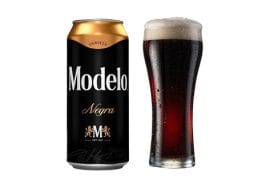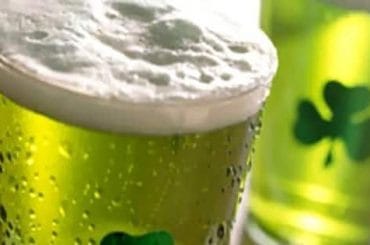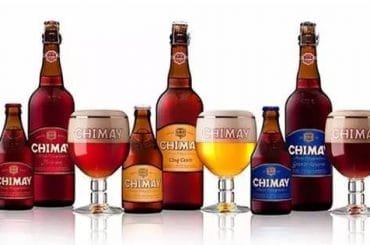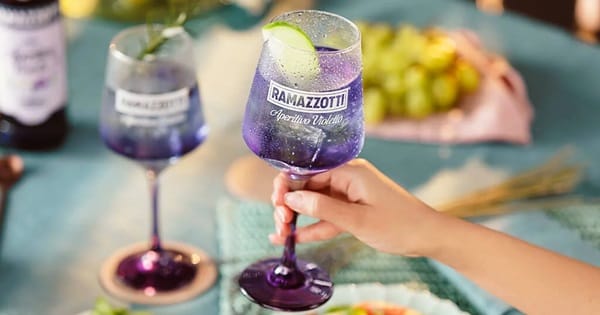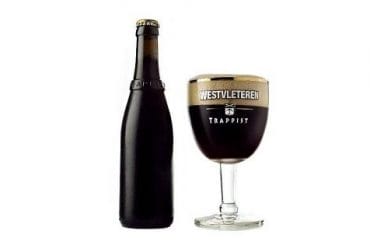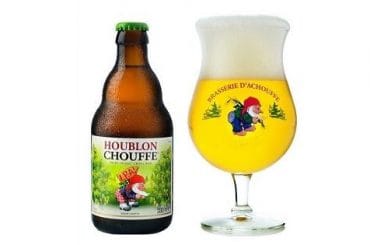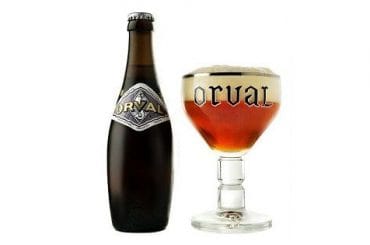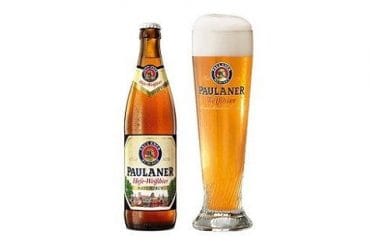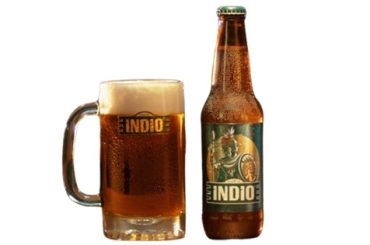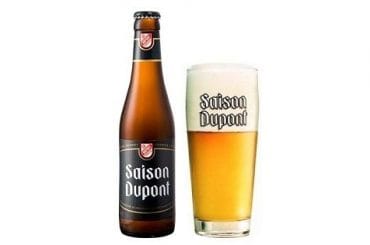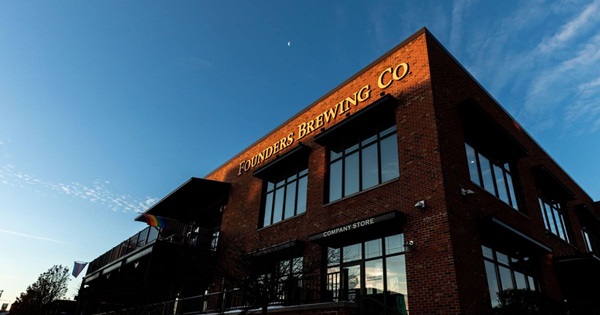From regulatory, technical elaboration, chemical composition, or organoleptic profile, understanding this distinction is fundamental to properly valuing this beverage that has gained relevance in recent years.
Pliny the Elder is not just a beer; it is a living legend of the American craft beer movement and an absolute benchmark for the Double IPA style, coveted and studied by brewers and enthusiasts worldwide.
The term “hop burps” is commonly used to describe a peculiar phenomenon of rapid and frequent burps experienced after consuming beers with a high hop content.
The beverage, named “Ocho punto ocho” (8.8), combines the characteristic flavor of the terremoto with a different nutritional profile, standing out for its lower sugar content and half the calories compared to the homemade version.
The history of Chilean Pisco is not easy to recount. Many original documents from the 16th and 17th centuries were lost due to the frequent natural disasters that have struck the country.
The craft beer sector in Argentina is undergoing a transformation marked by a sharp decline in consumption, shifts in consumer preferences, and a challenging economic context.
Artículos destacados
The Brewer’s Star, also known as Bierstern or Brauerstern, is an iconic symbol that has accompanied humanity for over 500 years, representing the art, tradition, and passion behind beer brewing.
Zythos Media, the independent publisher behind the book “Practical Guide to Beer Tasting. How to Properly Appreciate All Beers of the World”, originally published in Spanish, announces its new editions now available in Portuguese and Italian.
Science had just emerged as a profession, yet it was a self-taught textile merchant who became one of the greatest scientific celebrities in all of Europe.
Cider is a fermented beverage made from apples, with a long and rich history intertwined with the introduction of apple trees (Malus domestica) to the Americas by the Spanish.
Unlike all other Trappist breweries, Orval produces only one variety of beer for the general public, with just 15% of its total production available for export.
Throughout history, brewers worldwide have relied on local water sources to craft their beers, giving rise to distinct beer styles intrinsically linked to specific regional water profiles.
Chicha de jora (from the Quechua “Aqha” or “fermented liquid”) is a South American beverage created during the Inca Empire, widely consumed in Peru, Bolivia, and Ecuador.
The rise of non-alcoholic or low-alcohol beers has led the brewing industry to explore new yeast strains and fermentation techniques.
The alliance already includes associations from countries such as Germany, France, the United Kingdom, Austria, Italy, the Netherlands, Finland, Poland, Switzerland, and the Czech Republic.
Writer, scientist, composer, and physician, among other things, Hildegard of Bingen (1098-1179) was a brilliant German woman who first documented the qualities of hops as a beer ingredient in her book “Physica sive Subtilitatu”.
Gushing is an undesirable phenomenon in beer characterized by an excessive and violent release of carbon dioxide (CO₂) when opening a bottle or can, leading to an uncontrollable overflow of foam and liquid.
With over 25 years of history, Kunstmann Torobayo wasn’t just the first Craft beer produced domestically – it became a milestone in Chile’s brewing industry.
Indio is one of Mexico’s most iconic beers, with a rich history dating back to 1893. It emphasizes the use of local ingredients and traditional brewing techniques.
Science had just emerged as a profession, yet it was a self-taught textile merchant who became one of the greatest scientific celebrities in all of Europe.
Excerpt: Beer tasting is not strictly a professional exercise or reserved only for competitions, but an activity that can be everyday, and with study, training, and practice, anyone can perfect it.
Astringency is a tactile sensation that causes dryness and roughness on the tongue, palate, and gums. It originates from the interaction of tannins and other polyphenols with the proteins in saliva.
For early humanity, beer was perhaps the most important staple in their diet—a valuable source of protein and vitamins, and a crucial milestone in ensuring our survival as a species.
The controversial theory claiming that Christ lived in a beer-centric culture—and that his deeds and miracles involved this beverage rather than wine, as traditionally believed.
A refractometer is an optical instrument that measures the sucrose concentration of a solution based on the refractive index produced by light in that solution.
Saison beers were an early form of “fuel” in pre-industrialized Belgian farms, a crucial component for the success of the harvest season in the old farmhouses of the country.
Almost everyone agrees that the tradition of consuming green-tinted beer on St. Patrick’s Day is not an Irish tradition; however, very few know the true story of the origin of this custom, where and how it began.
Not many people—not even the most seasoned and passionate cannabis enthusiasts—know how or why the number 420 became linked to marijuana culture. Here’s the real story.
The yeast Saccharomyces cerevisiae is found in beer, wine, and bread, but also in research laboratories, as it is the organism that initiated modern biochemistry and molecular biology and remains a fundamental testing ground for science.
Although the origin of these names cannot be stated with absolute certainty, one of the most common explanations relates to how alcoholic beverages were historically identified.
A tasting, whether of beer, wine, or any other beverage, is a sensory experience designed to analyze, identify, and enjoy its characteristics and development.
Ramazzotti Violetto emerges as an exquisite innovation in the beverage landscape, inviting cocktail enthusiasts to savor an unparalleled experience.
Fuller’s London Pride is a Best Bitter-style beer brewed by Fuller’s Griffin Brewery in Chiswick, England, with 4.7% ABV, 37 IBU, and 260 calories.
Westvleteren 12 (XII) Abt. is virtually a modern brewing legend, consistently ranked among the world’s best beers for years in publications and industry rankings.
The story of Negra Modelo goes beyond the beer itself; it is a narrative that combines tradition, innovation, and deep cultural roots in Mexico.
Houblon Chouffe Bière Tripel IPA represents a unique fusion of the English IPA tradition, the American Double IPA revolution, and the Belgian Tripel heritage.
Unlike all other Trappist breweries, Orval produces only one variety of beer for the general public, with just 15% of its total production available for export.
Paulaner Hefe-Weissbier, a German wheat beer with notes of banana, clove, and citrus, is perfect for pairing with Bavarian dishes, fresh cheeses, roasted vegetables, and citrus desserts. Its unique flavor and versatility make it ideal for any occasion.
Indio is one of Mexico’s most iconic beers, with a rich history dating back to 1893. It emphasizes the use of local ingredients and traditional brewing techniques.
Saison Dupont is a Belgian top-fermented beer, bottle-conditioned, brewed since 1844 during the winter to quench the thirst of the “saisoniers” who would work in the fields during the summer.
Pliny the Elder is not just a beer; it is a living legend of the American craft beer movement and an absolute benchmark for the Double IPA style, coveted and studied by brewers and enthusiasts worldwide.
The term “hop burps” is commonly used to describe a peculiar phenomenon of rapid and frequent burps experienced after consuming beers with a high hop content.
Mahou San Miguel has announced the acquisition of 100% of Founders Brewing, one of the most prestigious craft breweries in the United States, based in Grand Rapids, Michigan.
To start this top 10 of the best-selling beers in the world, we can comment that for 2020, most of them are on the way to generating an impressive sum of 688.4 billion dollars in sales.
In South Korea, the two most popular alcoholic beverages are soju and beer. This is why the smooth and delicious beer cocktail known as “somaek” has gained immense popularity, creating a perfect combination of both.
Throughout history, brewers worldwide have relied on local water sources to craft their beers, giving rise to distinct beer styles intrinsically linked to specific regional water profiles.
The rise of non-alcoholic or low-alcohol beers has led the brewing industry to explore new yeast strains and fermentation techniques.
The beverage, named “Ocho punto ocho” (8.8), combines the characteristic flavor of the terremoto with a different nutritional profile, standing out for its lower sugar content and half the calories compared to the homemade version.
The isohumulones in solution within the cuvette will mainly absorb specific wavelengths, in this case, 275 nanometers. Once the absorbance value is obtained, only a quick and straightforward final calculation is required to determine the actual IBU value of the beer.
The cold chain essentially means that the product being distributed is kept refrigerated at a constant temperature at all times, including during transportation.
A refractometer is an optical instrument that measures the sucrose concentration of a solution based on the refractive index produced by light in that solution.
In a context of growing climate urgency and regulatory pressure, the brewing industry—traditionally seen as a resource-intensive activity—is undergoing an unprecedented transformation toward sustainability.
Does regular beer consumption affect the development of prostate diseases such as benign prostatic hyperplasia (BPH) or prostate cancer? Could there be any positive effect on prostate tissue from moderate beer consumption?
Zythos Media, the independent publisher behind the book “Practical Guide to Beer Tasting. How to Properly Appreciate All Beers of the World”, originally published in Spanish, announces its new editions now available in Portuguese and Italian.
In today’s digital landscape where data drives daily operations and innovation, implementing robust backup practices is critical to ensuring business continuity and operational efficiency.
The legend of the Russian Imperial Stout style tells that the future Tsar of Russia, Peter the Great, was captivated by Porter-style beers during a visit to England in the late 17th century.





